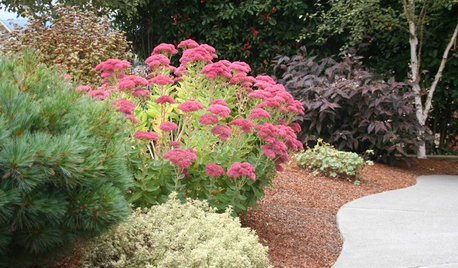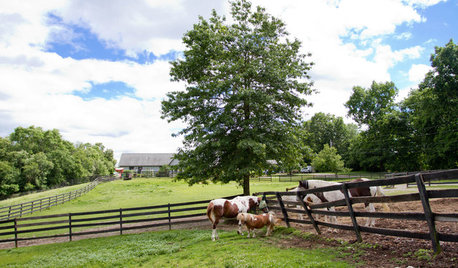Strawberry patch post-harvest
ilovecucumbers Zone 6b, NE PA
9 years ago
Related Stories

SPRING GARDENINGSummer Crops: How to Grow Strawberries
Pluck your own sweet strawberries right from the garden vine for smoothies, salads or eating then and there
Full Story
GARDENING AND LANDSCAPINGWorld of Design: 10 Home Gardeners Show Us Their Sweet Summer Harvests
From New York to Tokyo, these gardeners have turned their yards, terraces and rooftops into places of bounty
Full Story
GREEN BUILDINGHow to Harvest Rainwater for Your Garden
Conserve a vital resource and save money by collecting stormwater for irrigation in a barrel or tank
Full Story
EDIBLE GARDENSHow to Grow Your Own Sweet Summer Crops
This guide will help any gardener get started on growing the freshest warm-season veggies and berries for summer
Full Story
GARDENING GUIDESPacific Northwest Gardener's August Checklist
Deadheading perennials, cutting raspberry canes and preparing for the onion harvest keeps Northwest gardeners busy in August
Full Story
HOUZZ TOURSHouzz Call: Show Us Your Farmhouse!
Bring on the chickens and vegetable patches. If your home speaks country, it might appear in a featured ideabook
Full Story
SUMMER FRUITS AND VEGETABLESHow to Grow Your Own Fresh, Sweet Corn
Here's how to plant and care for your own mini cornfield
Full Story
FARM YOUR YARD10 Easy Edibles to Grow in Containers
These herbs, vegetables and fruits are just as happy in a pot as they are in the ground
Full Story
FARM YOUR YARDHow to Build a Raised Bed for Your Veggies and Plants
Whether you’re farming your parking strip or beautifying your backyard, a planting box you make yourself can come in mighty handy
Full Story
FARM YOUR YARDHouzz Call: Home Farmers, Show Us Your Edible Gardens
We want to see where your tomatoes, summer squashes and beautiful berries are growing this summer
Full StoryMore Discussions







berry_bob
Molex 7a NYC
Related Professionals
Pelham Landscape Contractors · Broomfield Landscape Contractors · Cliffside Park Landscape Contractors · Deerfield Landscape Contractors · Gurnee Landscape Contractors · La Verne Landscape Contractors · New Braunfels Landscape Contractors · Northbridge Landscape Contractors · Salmon Creek Landscape Contractors · Siloam Springs Landscape Contractors · Tuscaloosa Landscape Contractors · Tustin Landscape Contractors · Woodbury Landscape Contractors · Yuba City Landscape Contractors · Northlake Landscape Contractorsdrew51 SE MI Z5b/6a
wayne_5 zone 6a Central Indiana
Jimmy Forester
ilovecucumbers Zone 6b, NE PAOriginal Author
Molex 7a NYC
edweather USDA 9a, HZ 9, Sunset 28
ltilton